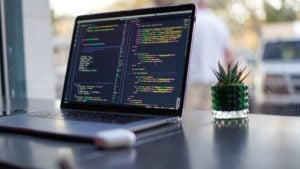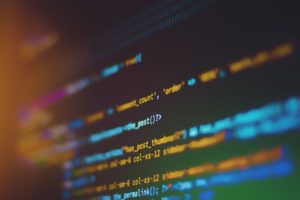Python is a programming language that has been gaining in popularity over the past few years. Many people are using it for data science because of its flexibility and ease of use. In this blog post, we will show you how to get started with Python for data science. We will cover the basics of the language, and give you some tips on how to use it effectively. So, if you're interested in learning more about Python, or data science in general, then keep reading!
About Python
Python is a great language for data science because it is easy to learn and has a wide range of libraries that you can use for your projects. Namely, the professionals from Zuar Company say that “Python’s syntax is simple and consistent, which makes it ideal for writing scripts. The most popular library for data science is NumPy, which provides powerful tools for working with data.
Another popular library is pandas, which provides high-performance data structures and analysis tools. In addition, there are many other libraries that you can use for data science, such as matplotlib, seaborn, and sci-kit-learn.
Understanding the basics
Before you start using Python for data science, it is important to understand the basics of the language. This includes understanding how to write code, and how to use the different libraries that are available. If you're new to programming, then we recommend checking out our beginner's guide to Python. Once you've got a handle on the basics, you can start learning more about data science.
Benefit from Python's libraries
One of the great things about Python is that there are a lot of libraries available that you can use for your projects. This means that you don't have to write everything from scratch, and you can make use of existing code that others have already written. This can save you a lot of time, and it means that you can focus on the parts of your project that are most important to you. There are libraries available for almost everything, so whatever you want to do, there's likely a library that can help you. For example, if you want to do machine learning, then you can use the scikit-learn library. If you want to do natural language processing, then you can use the NLTK library. And if you want to do data visualization, then you can use the matplotlib or seaborn libraries.
Tips for using Python effectively
Once you've learned the basics of Python, and you've taken advantage of its libraries, you can start using it more effectively for data science. Here are some tips that you can use:
Jupyter Notebooks is a great tool for data science because it allows you to write and execute code in an interactive environment. This means that you can experiment with your code, and see the results immediately. Jupyter Notebooks is also great for sharing your code with others, as you can export it as an HTML file.
The panda's library is one of the most popular libraries for data science, and it is very powerful. However, it can be difficult to learn how to use it effectively. We recommend checking out some of the online resources that are available, such as the official documentation, or the panda's cookbook.
There are many great resources available online that can help you learn more about Python for data science. We recommend checking out sites like Dataquest, Kaggle, and Stack Overflow.
Build a data science project
Now that you've learned the basics of Python, and you've taken advantage of its libraries, you can start building your own data science projects. To get started, we recommend checking out our tutorial on how to build a machine-learning model in Python. This will walk you through the process of building a machine-learning model, and it will show you how to use Python effectively for data science.
Once you've built a machine-learning model, you can start working on other projects, such as natural language processing or data visualization. There are many different ways that you can use Python for data science, so we recommend experimenting and seeing what works best for you.
These are just some of the things that you need to know about Python for data science. If you're interested in learning more, then we recommend checking out some of the resources that we've listed above. With a little bit of effort, you'll be able to use Python effectively for your data science projects. Or, you can just enroll in a Data Science Course to maximize your full potential.


